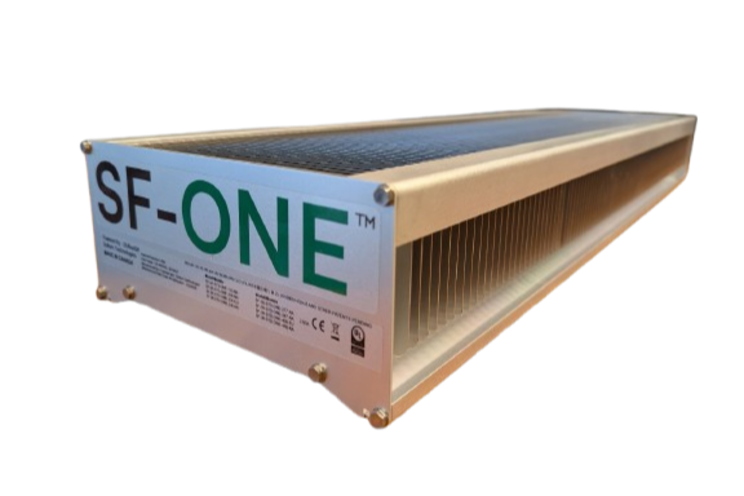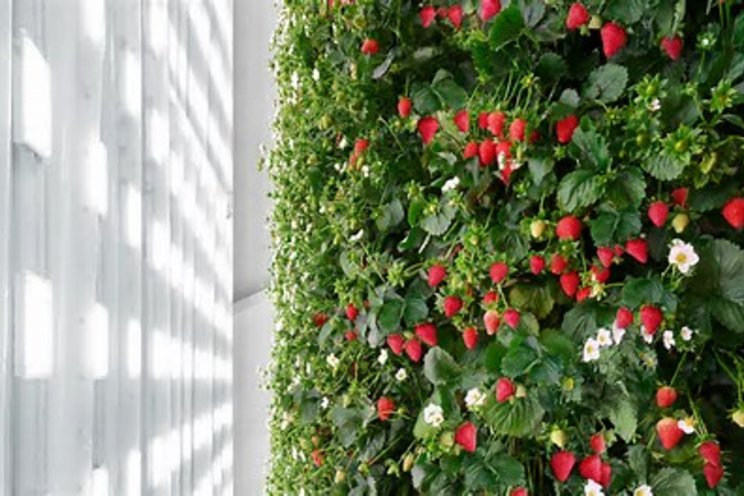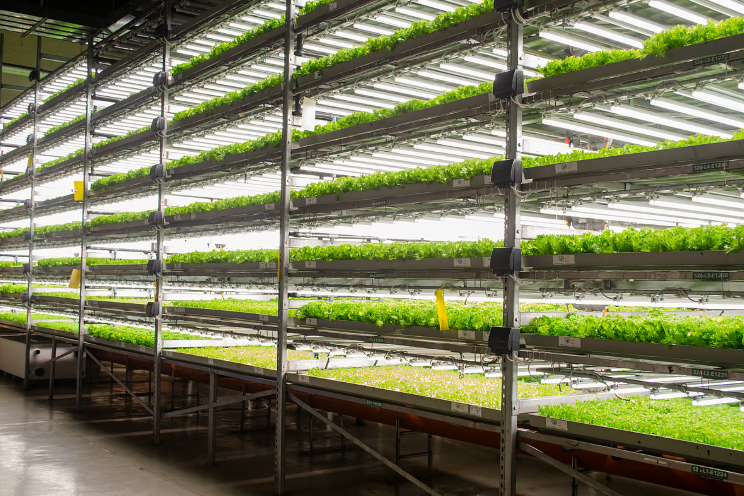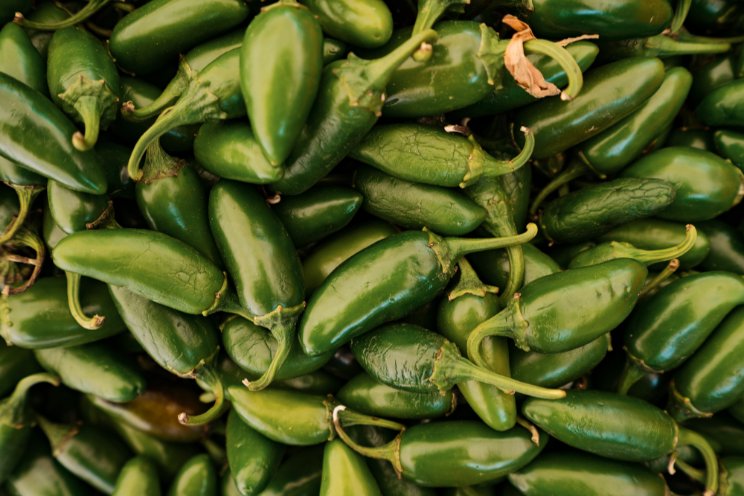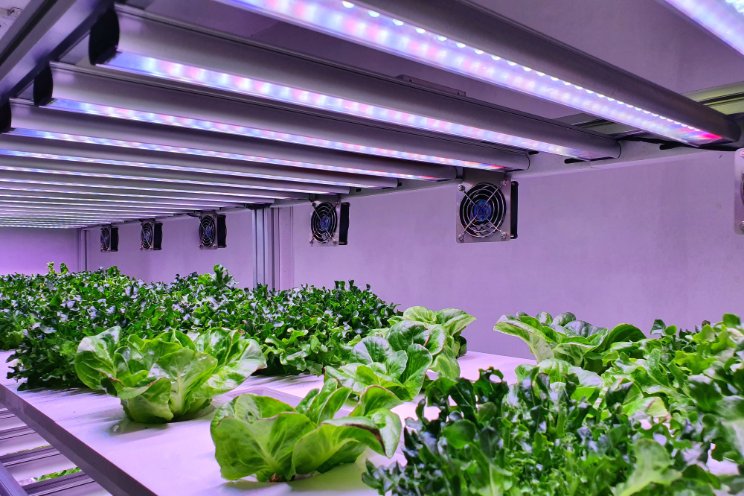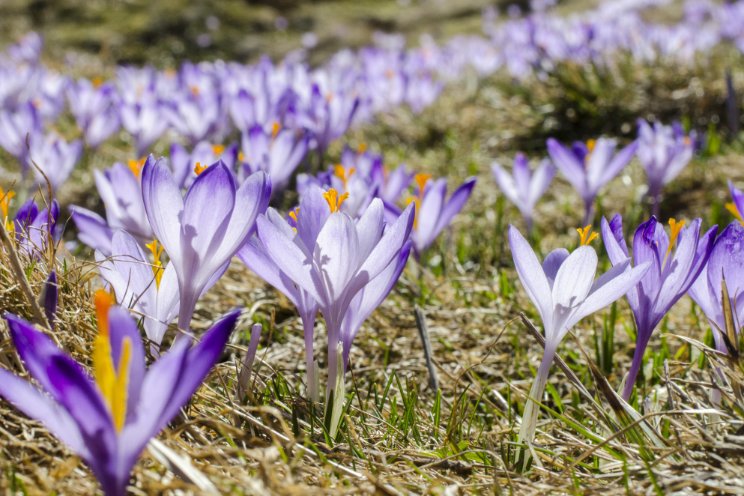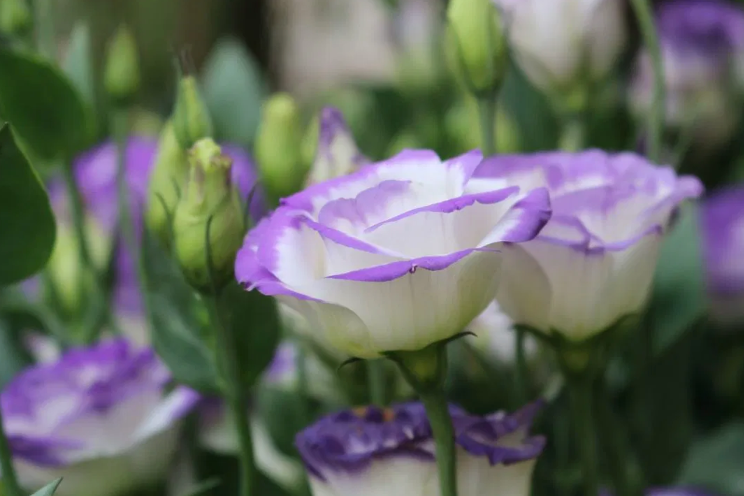What is the best cultivation strategy in a VF?
Added on 10 October 2023
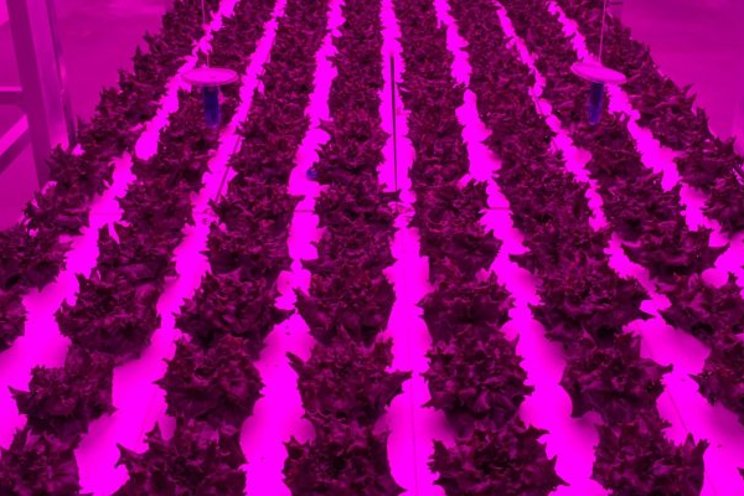
There is already a lot of knowledge and expertise in the field of vertical farming in the Netherlands. However, that knowledge and expertise are very fragmented. As a result, the sector lacks sufficient (international) clout. The Fieldlab Vertical Farming South Holland project ensures bundling in one central location. The Field Lab has four work packages: Market Marketing and Demand Articulation, Innovation and Demonstration, Education and Training and Business Accelerator. WUR is involved in a number of the work packages.
For example, WUR is investigating what the best cultivation strategy is in a vertical farm. So-called growth models already exist for many crops grown in greenhouses: they can be used to predict the effects of certain cultivation measures. However, the growing climate in a vertical farm is largely incomparable to a greenhouse. After all, there are no external influences, and energy and water are preserved within the cultivation space.
Based on an existing growth model for lettuce in greenhouses, WUR is developing a cultivation model for a vertical farm. This model will also include the quality of the crop as output. A vertical farm is very suitable for producing premium quality crops: burnt leaf edges, for example, are not desirable.
Photo: WUR
More news
